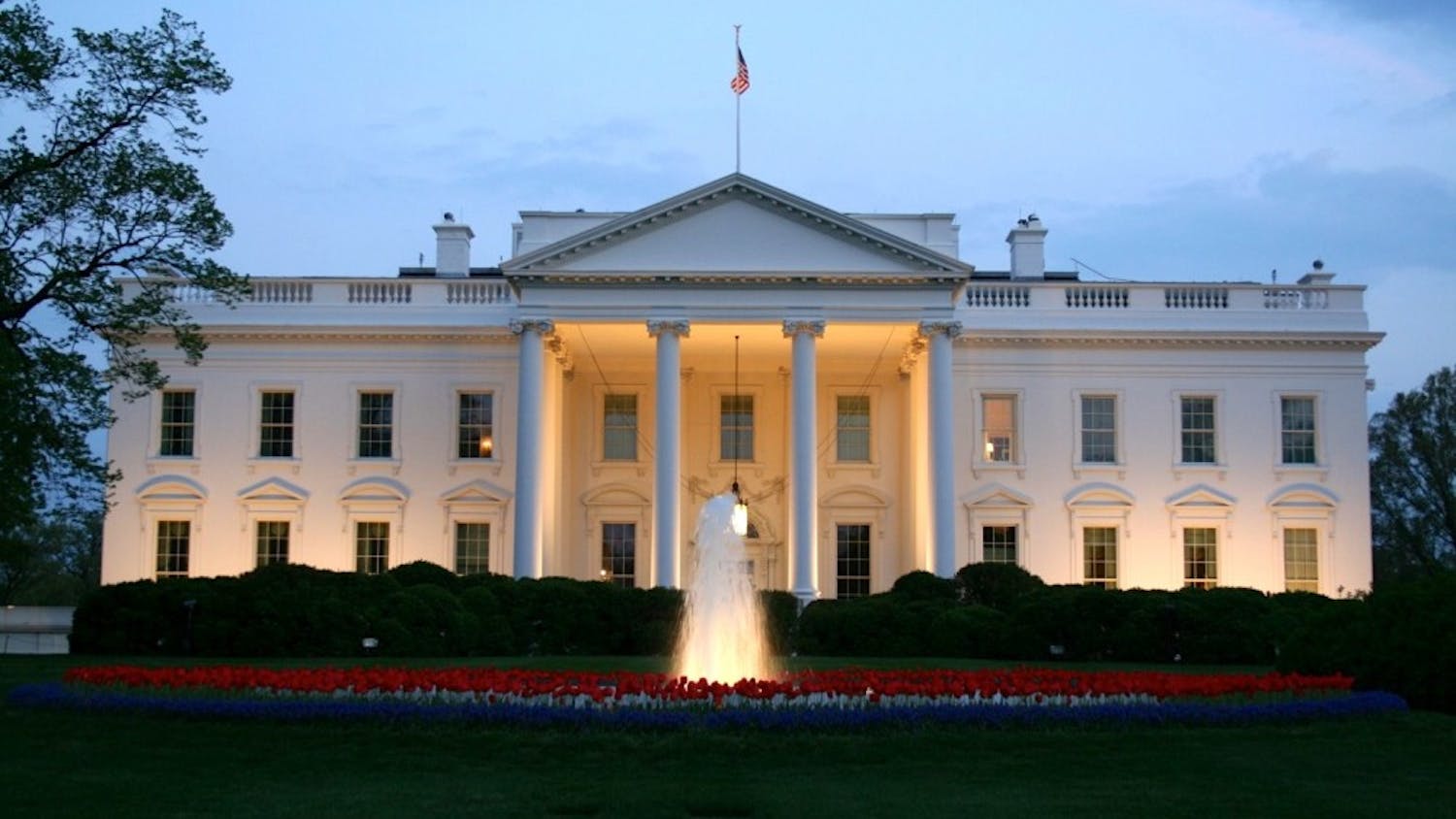When American University professor Elizabeth Rule heard that her students from tribal nations didn’t feel welcome in D.C., she was determined to help – in the form of a mobile app.
“I realized that I knew about the native history of this city and the contemporary diasporic Indigenous community that lives and works here today,” she said. “So I ventured out to create this mobile application as a way to share those stories with young Native people and inspire them to continue coming to D.C.”
The app, called “Guide to Indigenous DC,” seeks to educate users about D.C.’s Indigenous history and was the focus of Rule’s presentation during a Thursday virtual event hosted by the National Capital Planning Commission.
In her presentation, Rule — who is a citizen of the Chickasaw Nation — explained how the app she developed informs users of the people, places and events linked to the district’s Native American history to “highlight Indigenous contributions to our nation’s capital.”
“Certainly, a place like Washington, D.C. is not always associated with Indigenous populations or even tribal history,” she said. “But it's precisely that element that I seek to highlight for a broad public audience through this technological development.”
The app has a walking tour format that guides users through 17 sites of Indigenous significance across the D.C. area, including the Embassy of Tribal Nations, the National Museum of the American Indian and the National Native American Veterans Memorial. The sites were curated in close collaboration with historians and members of the Native community and encourages participants to acknowledge the peoples whose homelands the district was built upon.
Rule, an assistant professor in the Critical Race, Gender and Culture Studies department at AU, said that inspiration for the app came from a desire to bring Indigenous narratives to the forefront of public conversation.
“The idea for an app was really to do something that would be publicly-facing, that would be accessible to a really large audience, and something that would be engaging,” she said. “I wanted to showcase, in a digital format, Indigenous connections to [the] land.”
Rule also said she was interested in the “transformative power of the pinpoints” on the map, which provides users with places where they can reflect on and commemorate Native American history. She said that harnessing this power is at the core of using mapping “to reclaim our narrative as Native people.”
“So often Indigenous voices and stories and narratives are unheard in public discourse,” she said. “I’m interested in looking at this mapping project as a way of defending those stories from erasure.”
A graduate of Yale and Brown University, Rule’s research on Indigenous issues has been featured in a variety of publications such as The Washington Post, The Atlantic and NPR. In 2020, the published author received the Julien Mezey Dissertation Award for her work “Reproducing Resistance: Gendered Violence and Indigenous Nationhood," an essay that examines the convergence of reproductive justice, violence against Native women and the concept of missing and murdered Indigenous women.
Rule’s research has brought her to over 100 public speaking engagements across three continents and seven countries, according to her website. When she is not delivering invited talks, Rule is busy expanding her digital mapping. In November, she launched “Guide to Indigenous Baltimore” and plans to eventually complement her apps with a full-length manuscript published by the Georgetown University Press.
Her decision to incorporate examples of contemporary Indigenous activism into the D.C. tour, like the Indigenous People’s March — which is at site three — was central to supporting one of her main arguments about the role that D.C. plays for native communities.
“This is really important to the project because it demonstrates the ways in which Washington, D.C. is not only the nation’s capital, but I actually argue in my manuscript that Washington, D.C. is the political capital of Indian country,” Rule said. “We have tribal leaders and also grassroots Indigenous activists who come to D.C. often in order to advocate for their interests and political causes.”
During the event, Rule encouraged students to get familiar with the land they are living and learning on and emphasized the importance of viewing the Indigenous community through a contemporary lens.
“There's this tendency in society to conflate native people with mere historical subjects, to think about us only in terms of pre-history or pre-contact,” she said in the presentation. “The fact is that we’re here. Our tribal nations and sovereign governments are operating and we’re contributing immensely to places like our nation’s capital.”
Rule said that when decisions are made that will impact Native American communities, a primary focus should be placed on supporting tribal sovereignty to ensure that “native people have a seat at the table.”
“When we support tribal sovereignty, what we are supporting is tribes deciding what issues are important to them,” she said.
Looking ahead, Rule said she hopes her app will pave a brighter future for her community by increasing public awareness about native topics. She said doing so will remind audiences of the important role that Native people have played and continue to play in D.C.’s past and present.
“I’m interested in making this information available to a broad public audience as a way to chart a positive change that will impact Native communities moving forward,” she said. “It will really relay the idea that we belong in this space even when that is not necessarily the narrative that we have been taught.”





